What photographers need to know about SEO
Photographer Rob Greer has some advice for photographers marketing their services: Develop a keyword strategy and get backlinks
• September 2017 issue
SEO doesn’t have to drive you crazy
In 1994, there were fewer than 3,000 registered sites on the World Wide Web. Google didn’t exist. The concept of online search was rudimentary at best.
Today, there are more than a billion active websites. Led by Google, search engines have pioneered increasingly sophisticated, semantic ways of locating online content. And search engine optimization (SEO)—the act of maximizing a website’s visibility for search engines—has evolved into one of the most important pursuits for any business with a presence on the Web.
Rob Greer has always been at the forefront of this field, from the day he built his first website in 1995 to web development projects for the likes of Wal-Mart, Dillard’s, Conoco, and NASA, to his 2011 founding of Good Gallery, a SaaS company that provides websites for photographers. Along the way, Greer became a professional photographer, turning a passion for image creation into a highly awarded career in commercial, portrait, and wedding photography.
Greer’s aptitude for SEO has remained, and today he consults with photographers on practical, do-it-yourself techniques to help them maximize their online visibility. He’ll be speaking in depth on these methods at Imaging USA in Nashville, Jan. 11-13, 2018, and he’s shared some fundamentals here.
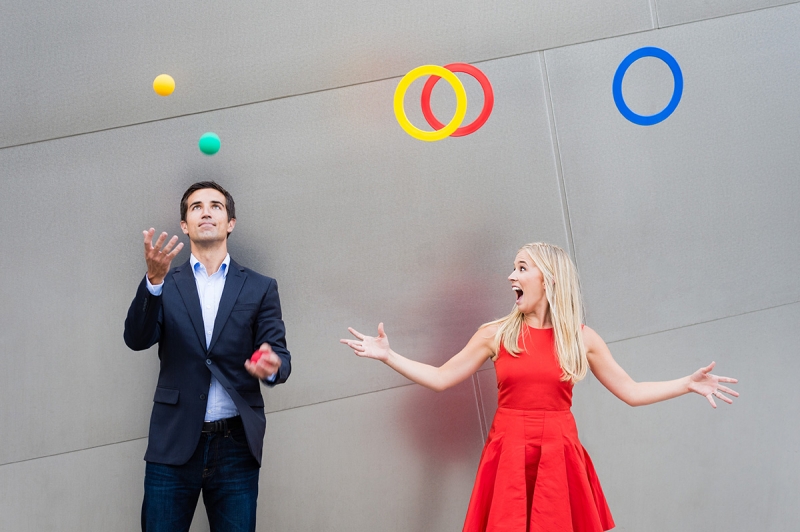
Fix your website
You can’t work on an SEO strategy with a bad website. If your site is slow, poorly designed, or not mobile friendly, you’ll need to address those issues before you can optimize for search.
A good website doesn’t just attract visitors, it keeps them on your site. If someone happens upon your site then leaves immediately, that’s called a bounce. A high bounce rate negatively affects how search engines rank your site. For example, studies have shown that if someone finds you via Google search, visits your site, and then immediately clicks the Back button to return to the search results, Google moves your site down in search results.
Page load speeds (how quickly your website loads) are also critical. Greer argues that this is perhaps the most important factor in SEO. “What’s the No. 1 reason someone leaves a website?” he asks. “It doesn’t load quickly enough. We get bored, and we leave. Experts say your pages should load in three seconds or less. If it takes longer than that, you typically lose at least 7 percent of your traffic per second.” And all those people who leave your site because the pages took too long to load, guess what category they fall into: bounces.
The slower the site, the higher your bounce rate and the lower your site ranks in search results.
“If you’re serious about SEO, you need to build a website that performs well,” says Greer.
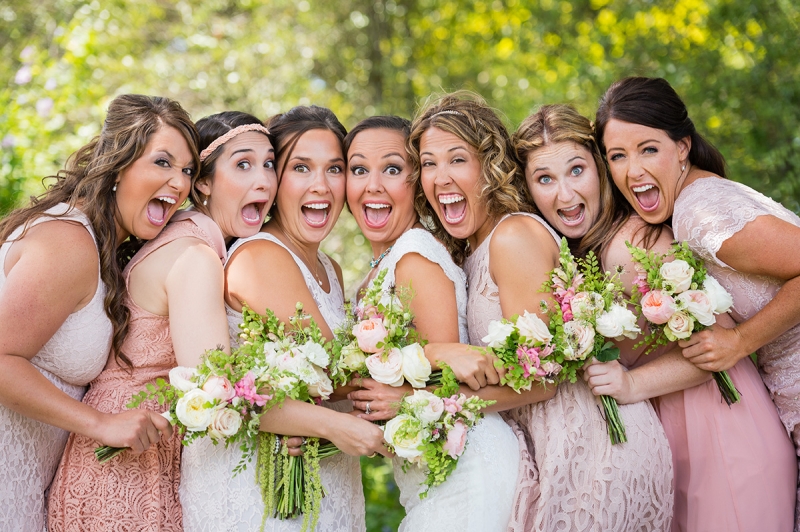
Develop a keyword strategy
Keywords are a big part of SEO, but they are also widely misunderstood. In very basic terms, here’s how they apply:
People use search engines to find things. They search by typing in keywords or phrases, and the search engines crawl the Web to find pages that contain those keywords or phrases. If you want your site to rank highly in search results for certain keywords or phrases, you can target them by implementing those keywords or phrases into your website content.
The concept seems simple enough, but the application is where many photographers get off track. First, photographers tend to speak to their industry, not to their customers. So the keywords they use on their website aren’t always what their customers are searching for. Second, photographers love to post images but not necessarily text. Search engines don’t always do a great job of interpreting how images relate to keywords, so photographers need to add written content, captions, and alternate text for their images to help guide the search engines.
It’s one thing to rank highly for a particular keyword; it’s an entirely different thing to rank highly for a keyword that actually drives visitors to your website. For example, let’s say you rank No. 1 on Google for “Topeka underwater boudoir photography.” Sounds great. But is anyone actually searching for that term? If the search volume is very low, then it’s probably not worth your time to target that term.
On the other hand, trying to rank for a keyword or phrase that is too general may be an exercise in futility because the competition is too high. Take “Los Angeles photographer,” for example. Unless your name is Rob Greer and you’ve been at this SEO game for a long time, your chances of busting into a first-page ranking on Google are slim.
“The key to effective keyword targeting is going after lower-hanging fruit that’s still relevant to your business,” explains Greer. “This means targeting terms that are less competitive but still generate enough searches to be worth the trouble.”
How do you do this? Greer suggests taking four steps:
- Target by area. If you work in a major metro area, break down the description of your business by a specific area or neighborhood. Instead of “New York photographer” or even “Manhattan photographer,” try “Greenwich Village photographer.”
- Target by specialty. Then get even more specific with the service you’re trying to promote, such as “Greenwich Village family portrait photographer.” The more specific you are, the lower the total searches for those keywords, but the more relevant the searches will be to your business.
- Target venues where you work. This is especially effective for wedding photographers. Many wedding couples start looking at wedding venues before they search for a photographer. They might do Google image or keyword searches related to specific venues. Think about producing some content on your website about your work with specific venues, and target key phrases related to wedding photography at those venues.
- Use tools to generate more keyword ideas. There are multiple online tools to help you come up with keyword ideas and derivations of your keywords. Google Keyword Planner is a free tool and good for beginners. Moz Keyword Explorer is a paid service but allows you to search once a day for free. It provides some insight and is good for those ready to take the next step.
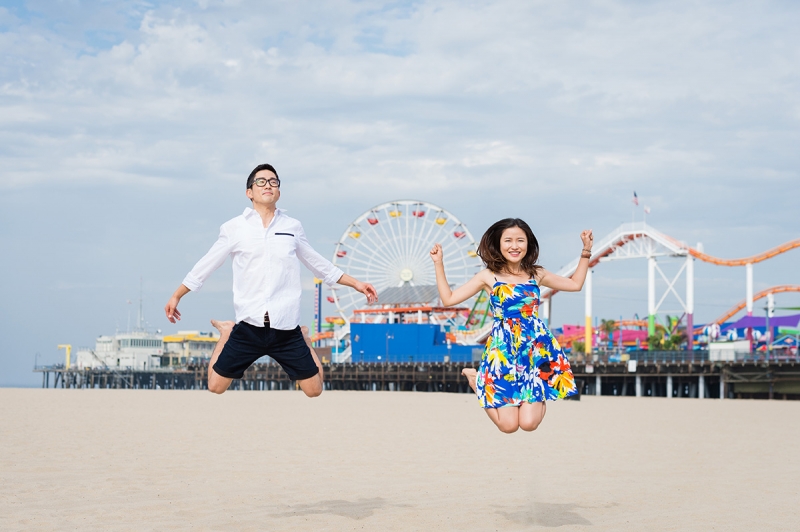
Get backlinks
Backlinks are links to your website from other sites. They are a way that search engines like Google determine your site’s popularity and authority. Essentially, the more sites that link to your site, the more popular your site is, and the higher Google views it as a credible source of information.
Also, the higher the authority of the sites linking to you, the more valuable the links. A link to your site from your local florist is great, but a link from the popular wedding blog Style Me Pretty is far more valuable.
How do you get backlinks? Start by asking. Ask the vendors, venues, and local business partners you know. If you get published or contribute images to blogs, ask the publications to link to your site.
Another way to get more backlinks is to register your business with local directories and online listings. Encourage clients to post Google and Yelp reviews. Submit your information to photographer listings and your local chamber of commerce. If there’s an opportunity to have a respectable website link to your site, go for it.
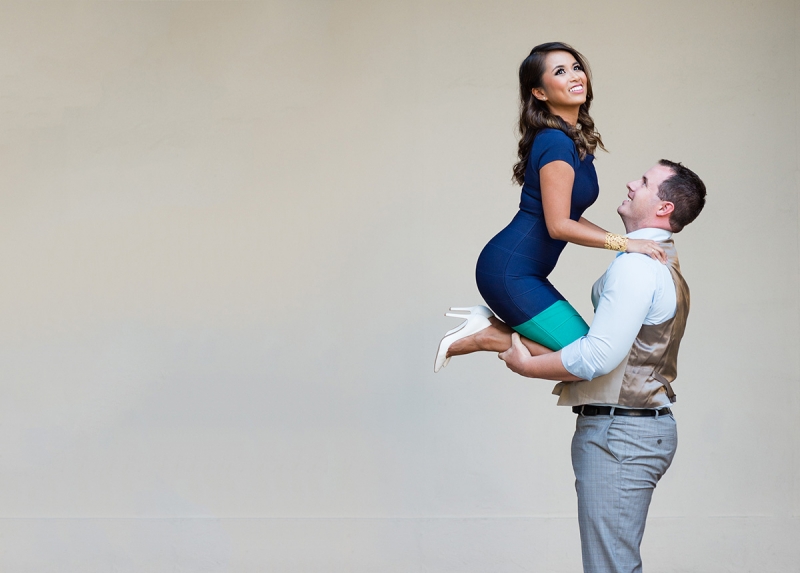
How much, how often, how long?
SEO is a competition. Being successful at SEO means doing more than your competitors and doing it better. How much is that? It depends on what your competitors are doing. Your goal is to create more interesting, more unique content that speaks to your audience better than your competition. A good rule of thumb is to start with at least 300 words of content, and scale up to 1,000 words or more for in-depth blog posts or web pages that you really want to optimize.
How often? As much as you need to one-up your competition. The search engines reward you posting content, but it’s temporary. You can post something that will rank for a week or a month, and then it might fall off. The key is to create content that will stand the test of time, i.e., evergreen content.
How long? On average, it takes about 3.4 months for a targeted piece of content to appear high up in search results. There are thousands of factors that can shift that timeframe, but remember that SEO is a long-term play. Fully optimizing your website today is no guarantee that you’ll appear at the top of the search results tomorrow. It takes time and diligence.
“SEO is a skill, just like photography,” says Greer. “You have to practice. Attend seminars, read online resources, speak to a consultant, and constantly educate yourself. It’s a changing field that requires constant attention. Once you understand the fundamentals, you can adapt easily. Yes, search engines are always changing. But by and large, the fundamentals behind SEO don’t change.”
RELATED: 5 SEO TRUTHS from Rob Greer
Jeff Kent is editor-at-large of Professional Photographer.


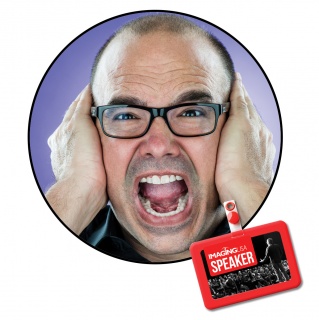
 View Gallery
View Gallery